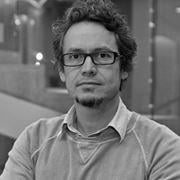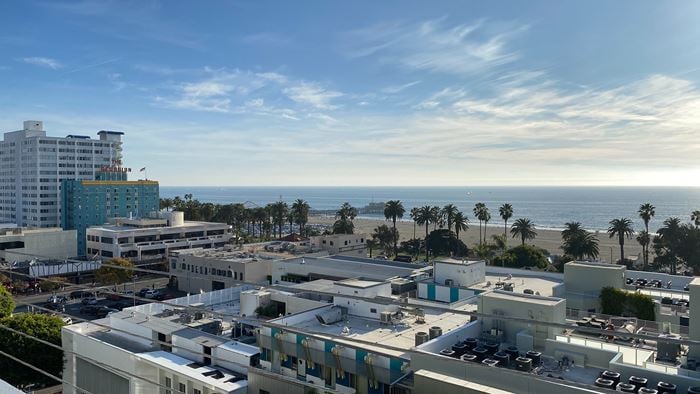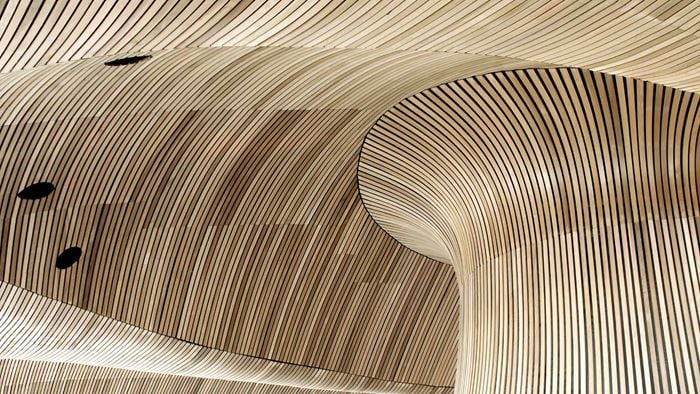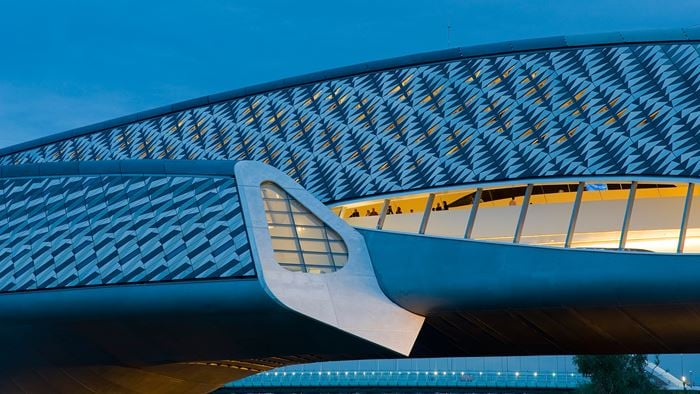Johannesburg’s notorious Old Fort compound has the unenviable distinction of being the only prison in the world in which both Gandhi and Mandela were incarcerated. This symbolic site was chosen as the home for debate and research of constitutional issues in the new South Africa.
The accessibility and transparency of the scheme enshrines the values of the new democracy, whilst preserving the memory of the past.
The court entrance rests alongside the existing Prisoners Waiting Building, which is to be preserved. The court chamber features a substantial gabion wall formed from the rubble of the demolished structures. The remainder of the complex houses extensive law libraries, galleries, judges accommodation and conference facilities.
The building’s external form, fabric and orientation create an environment sheltered from climatic extremes. This approach is complemented by a discrete ventilation system employing innovative passive cooling and heating systems to provide comfort using minimum energy and avoiding environmentally damaging refrigeration processes.
With these pioneering engineering measures, the Constitutional Court represents a proud step forward into a new era of global awareness of sustainable engineering.
Innovative heating and cooling
The key to the ventilation scheme is a series of rock-filled compartments forming the perimeter of the basement car park. These are designed as versatile thermal storage batteries.
Johannesburg’s high altitude of 1750m above sea level results in cool, clear nights that contrast with the hot summer days. This cool night air is flushed through both the building and the ‘rockstores’ – storing cool energy as it goes. By day, these reserves of free cooling are sequentially imparted to the hot daytime air which is also filtered to remove urban pollution.
Additional natural cooling is achieved passing air through water cascades that remove yet more unwanted heat. This ‘evaporative cooling’ is particularly effective in low humidity climates. Johannesburg’s chilly winter mornings have also been considered - heat from the warm afternoons is captured and stored in the rocks to preheat incoming air the next morning.
To supplement this, solar panels on the roof capture plentiful energy from sunlight.
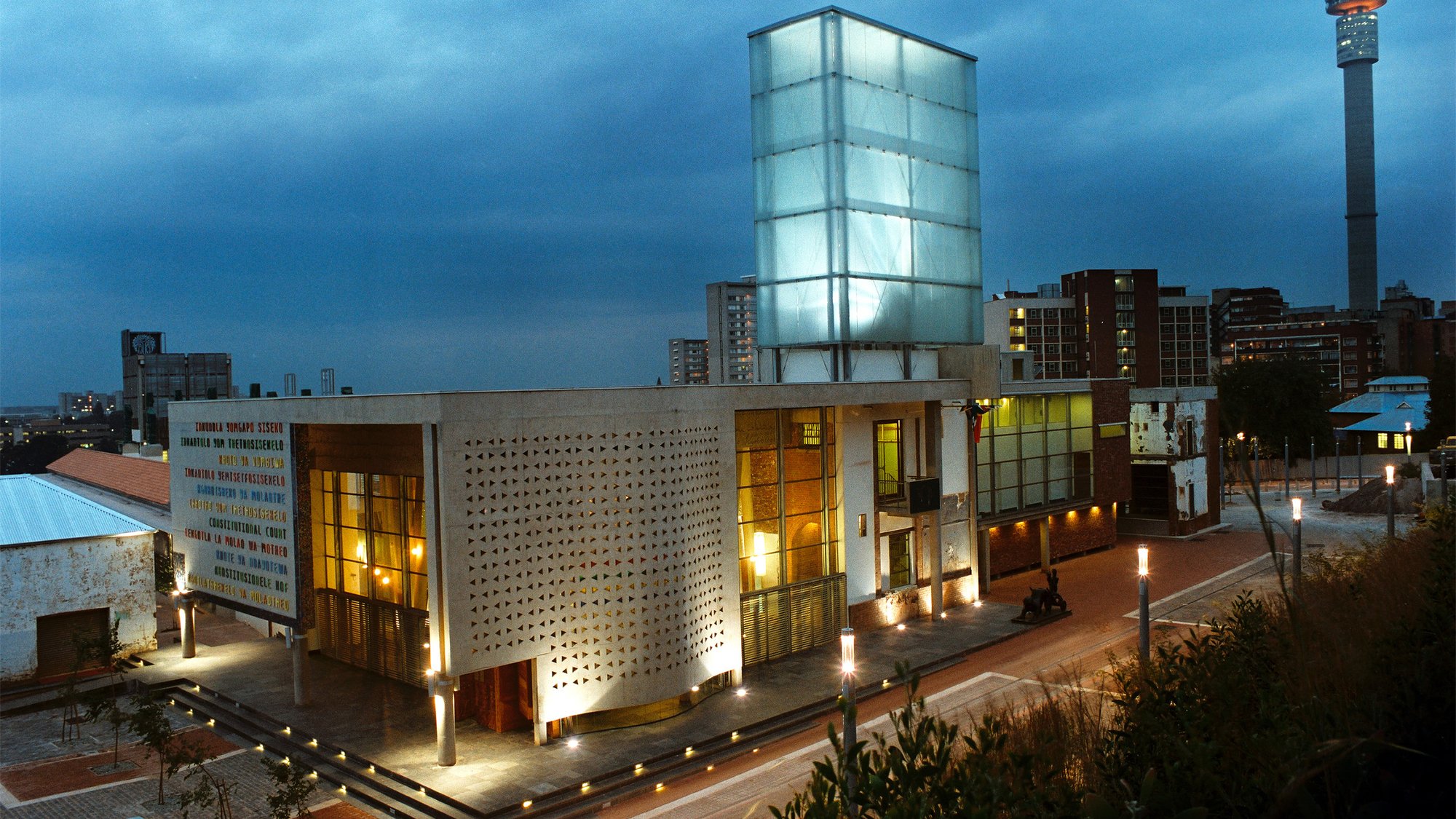 ;
;
